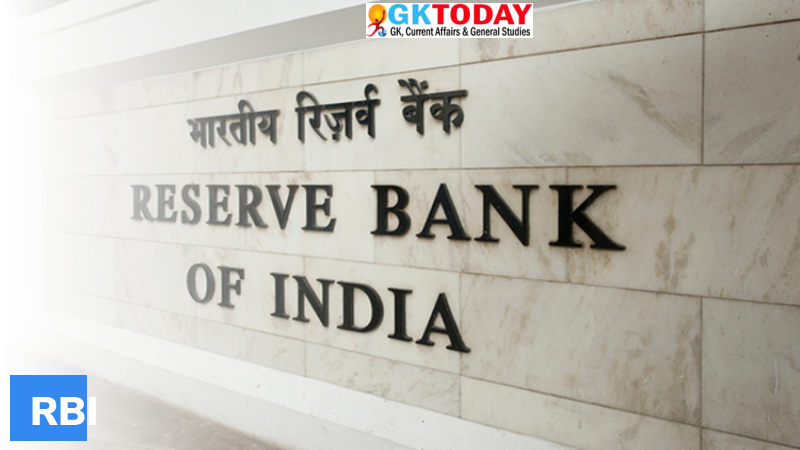RBI’s Revised PCA framework- Things to Know
Reserve Bank of India (RBI) modified its prompt corrective action (PCA) framework on November 3, 2021 to exclude the profitability parameter from its triggers list.
Key Points
- In its 2017 framework, capital, asset quality & profitability were the key areas to monitor.
- In recent modification, round capital, asset quality & leverage will be key areas.
- RBI has also modified the level of shortfall in total capital adequacy ratio. It will push the lender to “risk threshold three” category. Lenders who breach this risk threshold, will be placed under stringent PCA restrictions.
What is the objective of PCA?
PCA framework are put in place with the objective of enabling supervisory intervention at appropriate time. It requires the supervised Entity to implement remedial measures in a time bound manner, for restoring its financial health.
What is PCA Framework?
The PCA framework was introduced in December 2002. It acts as a tool for effective market discipline. These regulations were revised in April 2017, on the recommendations of working group of Financial Stability & Development Council. Under this framework, RBI puts banks with weak financial metrics under watch. It aims to check the Non-Performing Assets (NPAs) problems in banking sector of India. It helps in alerting regulator, investors and depositors in case bank heading for trouble.
Which banks are covered under the PCA framework?
PCA framework is applicable only to commercial banks. Co-operative banks and non-banking financial companies (NBFCs) are not covered under it.
Month: Current Affairs - November, 2021


